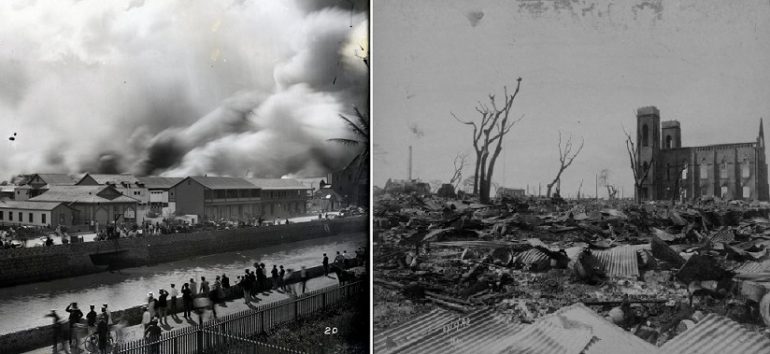April 13, 2020
The recent string of anti-Asian sentiment and racism ignited by COVID-19 isn’t new. The Great Honolulu Chinatown Fire of 1900 is a good example. It all started when a shopkeeper in Chinatown was diagnosed with the plague in December 1899 and subsequent infection of nine cases within the area. The Board of Health decided to send in military guards, forced Chinese residents to throw out their belongings, take public showers and then set controlled fires in the town.
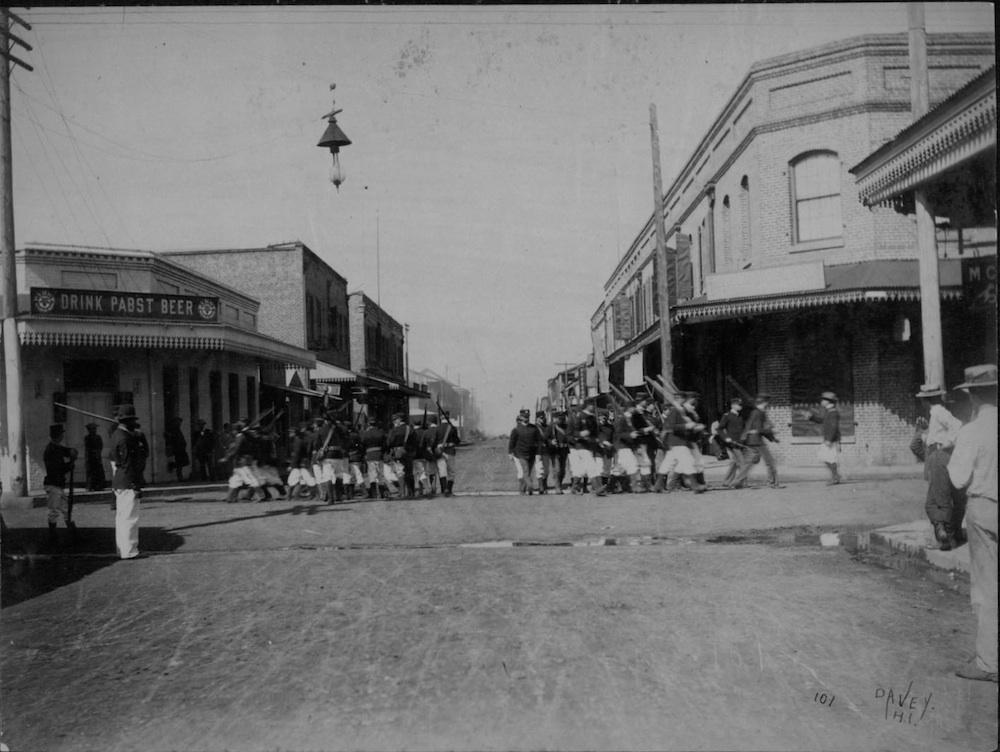
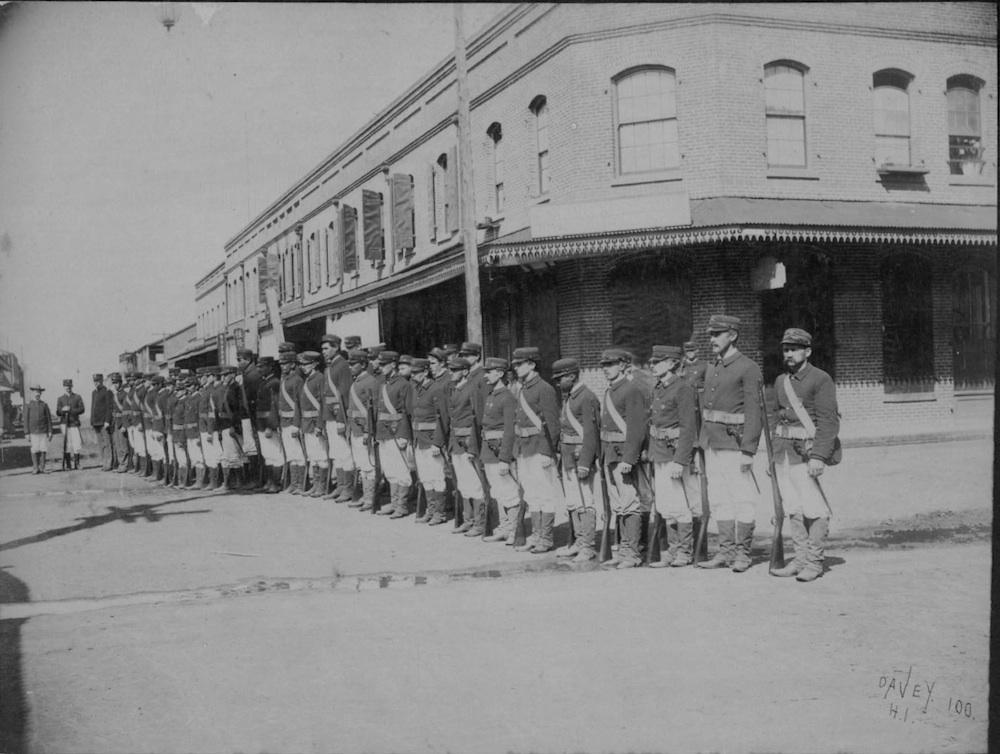
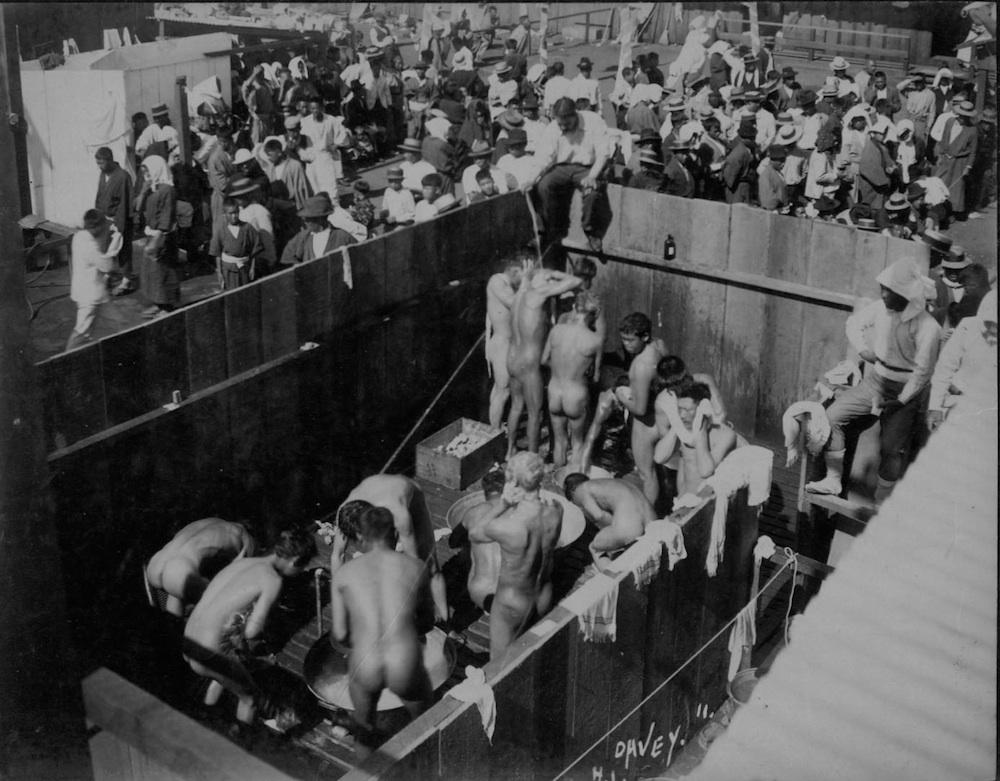
Chinatown was actually a mix of 3,000 Chinese, 1,500 Japanese, and 1,000 Native Hawaiian residents. They were all densely packed into two-story wooden buildings under horrid conditions.
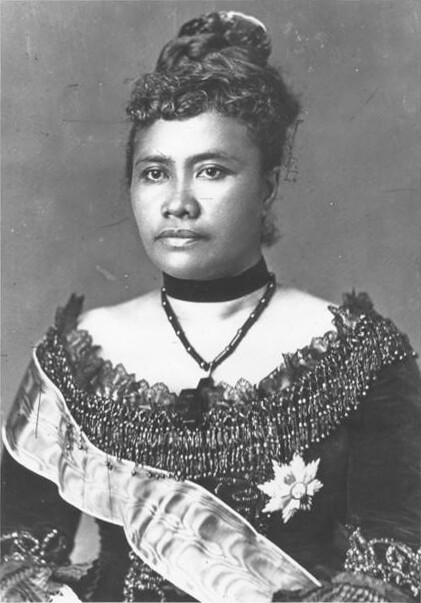
Mind you, Hawaii was not an American state at this time and was annexed as an American colony in 1893 when white sugar plantation owners led by the owners of Dole staged a coup d’état to overthrow the Hawaiian queen with the help of U.S. Marines who stormed Hawaii without Presidential approval. Basically how Russia annexed parts of Ukraine a few years ago.
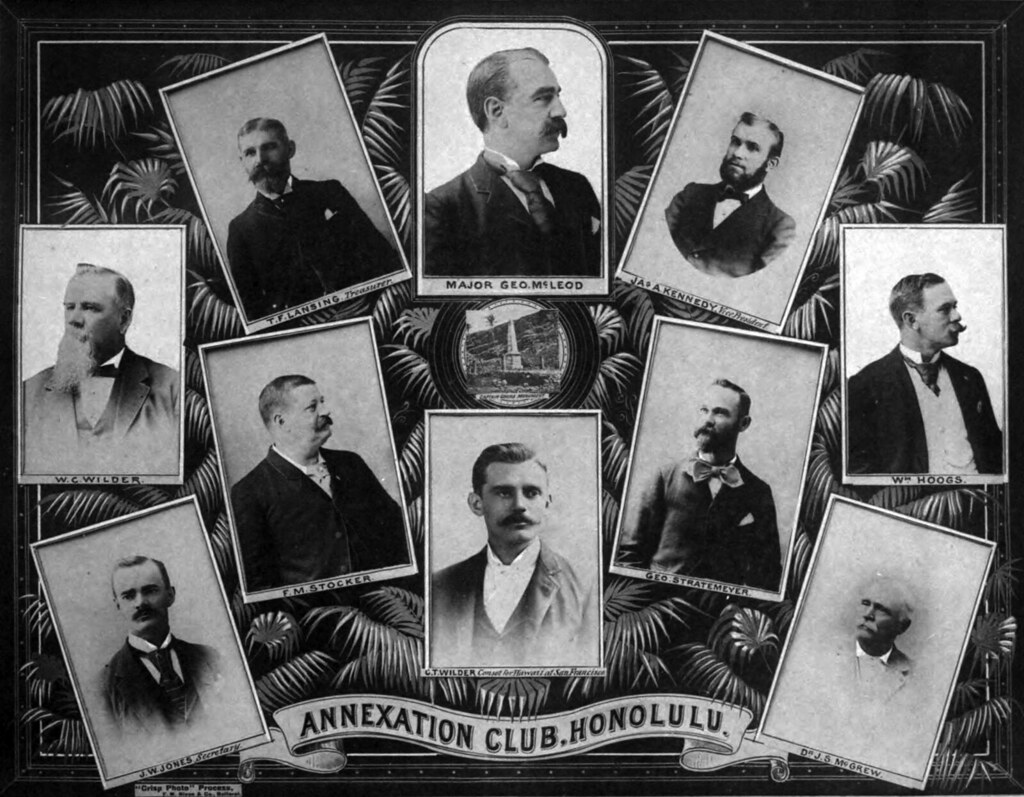
Native Hawaiians were then officially treated as 3rd class citizens by the newly created American colony and categorized as Asiatic vermin since they looked Asian (Polynesians are originally from Asia). The controlled fires the Board of Health ordered ended up burning out of control, killing 15 people and destroying 38 acres and 4,000 homes (mostly Chinese and Japanese). Once the fires were put out, the Board of Health ordered an additional 31 controlled fires in Chinatown. Four months later, Chinatown was deemed ‘plague-free.’ No reparations were ever given.
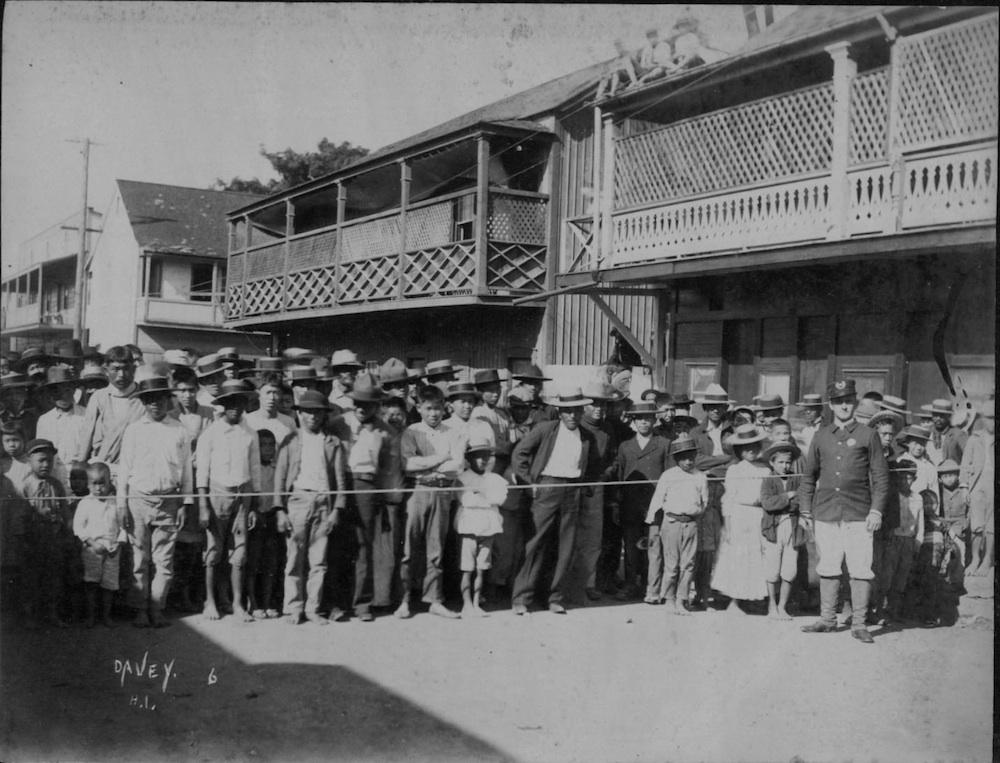
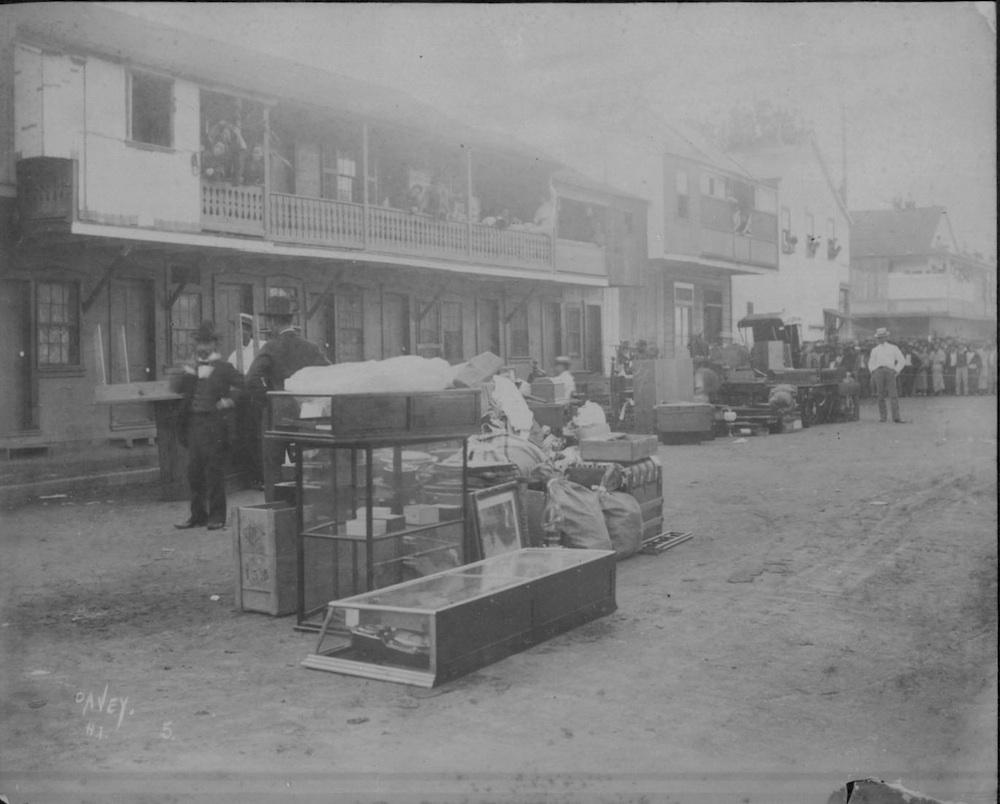

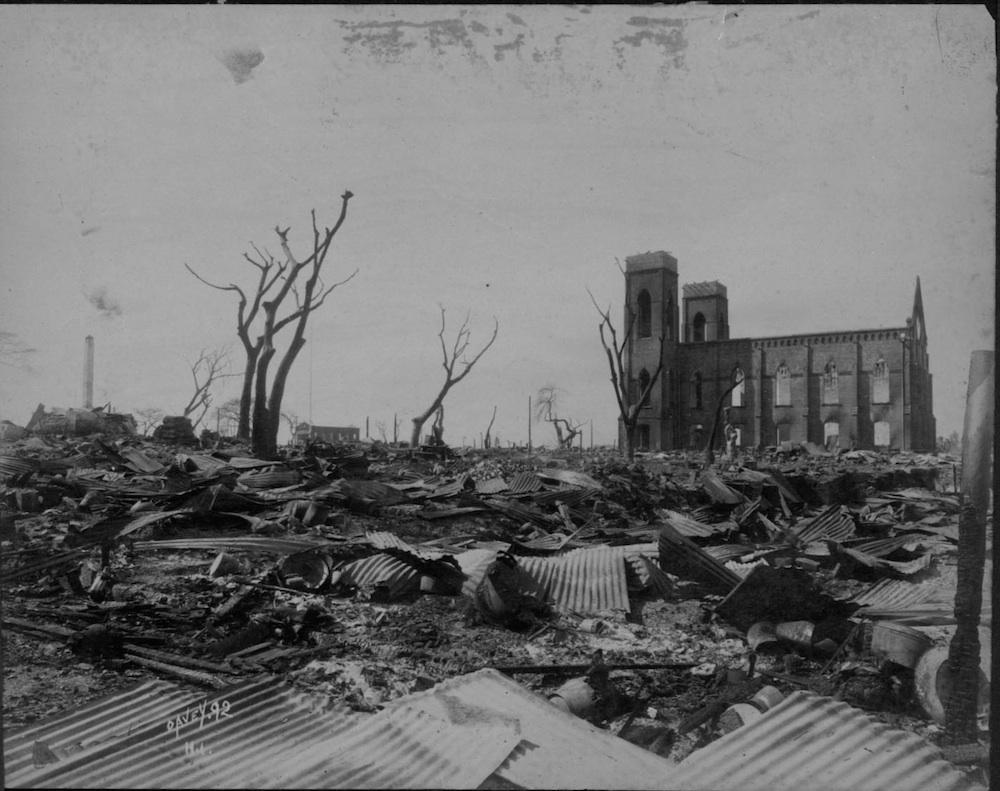
The fire displaced thousands of Asian residents who were made homeless by the fires and forced to move outside the city, which made the white residents very happy. These sentiments were quite common among the Anglo population in the United States, particularly in Hawaii, San Francisco, Los Angeles, and New York. An article written in 1897 about San Francisco’s Chinatown labeled the neighborhood the “Third Circle,” referring to Dante’s seven circles of hell.
Feature Images via Hawaii State Archives Digital Collections

